History
History of Snooker – a Timeline
A lot has changed since snooker was first invented back in 1875 by members of the British Army and you can now chart the development of snooker down the years via our unique timeline.
You can also read an in-depth history of the game written by leading snooker journalists David Hendon and Hector Nunns.
1875
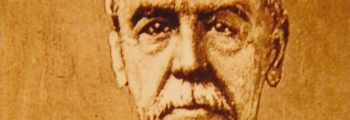
Snooker was invented by the British Army in the Indian town of Jubbulpore.
1910

The first century breaks were attributed to Scot Tom Aiken, a billiards champion, Cecil Harverson, Phil Morris of Tottenham and Lucania Hall manager George Hargest.
1916

The first English Amateur Snooker Championship was won by Charles Jaques, who entered under the name of “E.A. Jay”, at Orme & Sons Showroom, Soho Square, London on 28th August.
1919
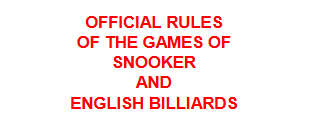
Snooker’s rules, which had featured inconsistencies, were consolidated, including the introduction of the re-spotted black to ensure each frame had a winner.
1927
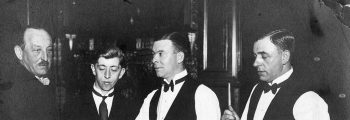
The World Professional Snooker Championship was held for the first time in at Camkin’s Hall, Birmingham. The tournament was won by Joe Davis, 20-11 against Tom Dennis to earn a first prize of £6 10s.
1946
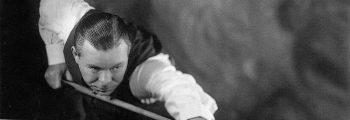
Joe Davis retires undefeated, having won a record 15 World Championship titles.
1950

Snooker was televised by the BBC for the first time from Leicester Square Hall.
1955
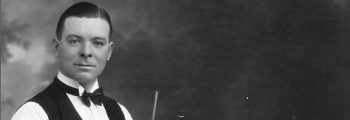
The world’s first officially recognised 147 maximum break was made by Joe Davis.
1963

The World Amateur Snooker Championship was held for the first time in Kolkata, India and won by Welshman Gary Owen.
1969

Snooker was broadcast on colour television for the first time as ‘Pot Black’ was commissioned by then BBC2 controller David Attenborough.
1975

The Masters was held for the first time at the West Centre Hotel in London, won 9-8 by John Spencer against Ray Reardon in the final.
1976

A world ranking list was introduced to snooker for the first time, initially based upon the results of the previous three World Championship tournaments.
1977

The World Championship was held at the Crucible Theatre, Sheffield for the first time having been identified as suitable by Carol Watterson, wife of promoter Mike Watterson. The tournament has remained there ever since.
1980

Canada’s Cliff Thorburn became the first overseas player to win the World Snooker Championship, defeating Alex Higgins 18-16.
1981

Steve Davis won the first of his six world titles during the 1980’s as the popularity of snooker broke new ground within the UK.
1982
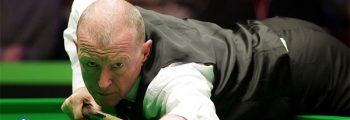
Steve Davis became the first player to make a 147 break in professional competition during the fifth frame of his match against John Spencer at the Lada Classic.
1985
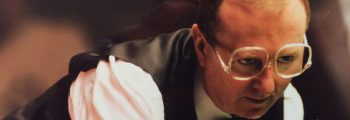
Dennis Taylor defeated Steve Davis 18-17 on the final black as 18.5m people tuned in to watch snooker’s most famous match.
1988

Jimmy White defeated Steve Davis to win the Canadian Masters, snooker’s first-ever ranking event to be held outside of the UK.
1990

Scotland’s Stephen Hendry became the youngest ever player to win snooker’s World Championship, defeating Jimmy White 18-12.
1997

Ronnie O’Sullivan made the fastest 147 maximum break in professional competition, achieving the feat in just five minutes and 20 seconds against Mick Price at the World Championship in Sheffield.
1998

The World Confederation of Billiard Sports was granted full IOC recognition on 5th February.
1999

Stephen Hendry won a record seventh title at the Crucible Theatre, moving clear of Steve Davis and Ray Reardon on the all-time list.
2000

Welshman Mark Williams became the first left-hander to win the World Snooker Championship, recovering from 13-7 down to defeat countryman Matthew Stevens 18-16.
2001

Snooker enters the International World Games (IWGA) for the first time in Akita, Japan
2005

Ding Junhui became the first wildcard player to win a ranking event, defeating Stephen Hendry 9-5 to win the China Open in Beijing.
2006

Snooker lost one of its leading lights as three-time Masters champion Paul Hunter lost his battle with cancer at the age of just 27.
2010

The game underwent its most significant restructure as Barry Hearn became chairman of the sport’s commercial arm World Snooker and Jason Ferguson returned to head the sport’s world governing body, the WPBSA for a second time.
2013

The WPBSA opened an academy in China for the first time, the Beijing Academy in conjunction with the CBSA and Rigour.
2013

Snooker returned to its founding nation for the first time for the inaugural Indian Open in New Delhi. Home player Aditya Mehta reached the final, defeating countryman Pankaj Advani in the quarter-finals.
2014
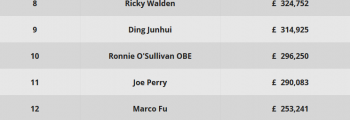
Snooker’s world ranking listed switch to a system based upon prize money earned, rather than ranking points for the first time.
2015

Ronnie O’Sullivan became snooker’s all-time leading century break maker, overtaking Stephen Hendry’s record of 775 at the Dafabet Masters.
2016

World Snooker reached landmark commercial agreements with the BBC, Eurosport and the Crucible Theatre to extend its existing contracts.
2017

The World Championship celebrated 40 years at the Crucible Theatre, Sheffield.
2018

The China Open becomes snooker’s second-richest ranking event as the total prize fund tops £1m for the first time.
2019

Ronnie O’Sullivan becomes the first player to compile more than 1,000 century breaks in professional competition at the Players Championship.
2020

Snooker’s commercial arm relaunched as the World Snooker Tour (WST) to reflect its global growth over the previous decade.
2021
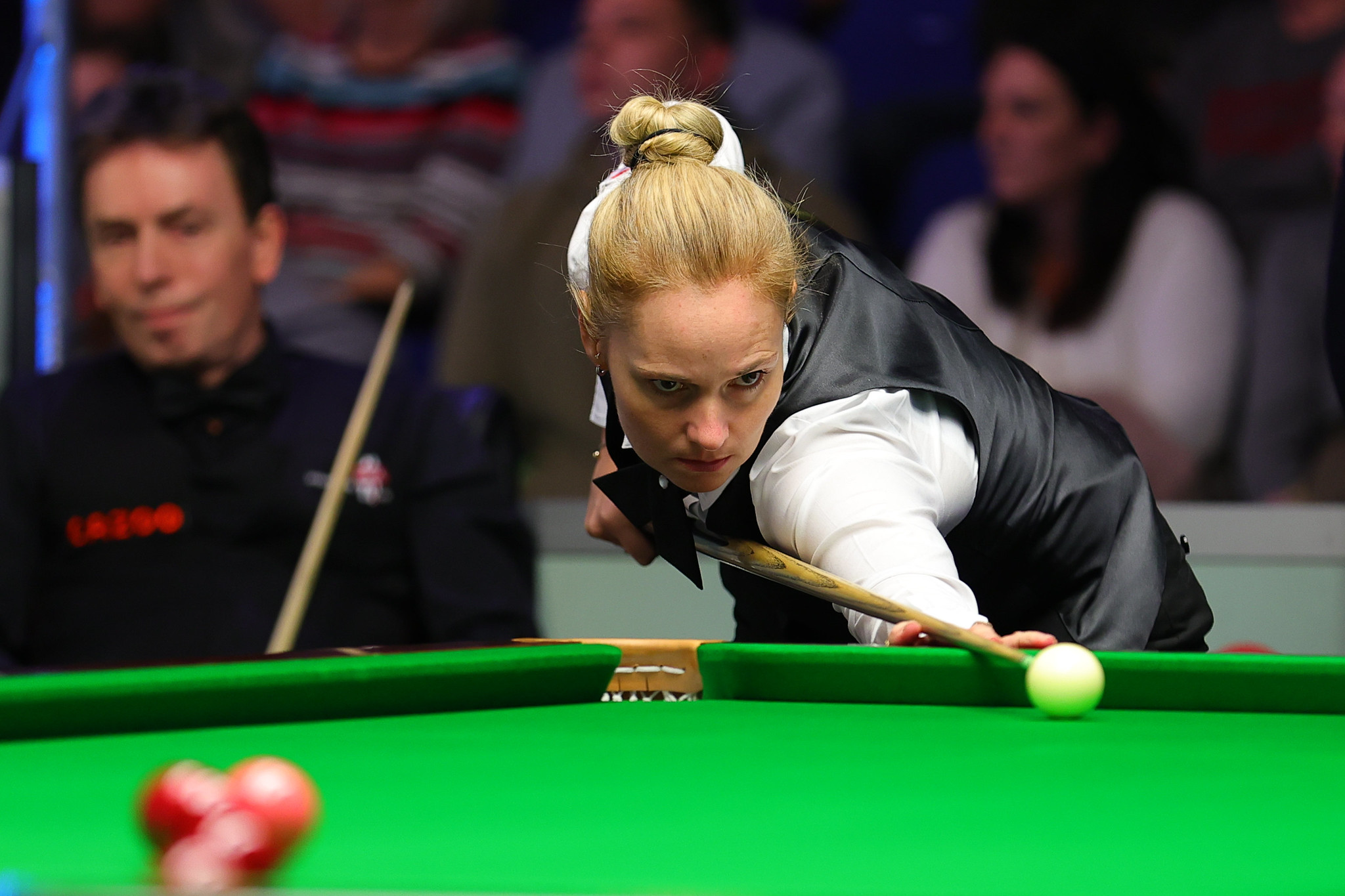
The World Women's Snooker Tour becomes an official qualifying pathway to WST for the first time.
2022

Snooker’s first ever Asia-Oceania Q School was announced to give new opportunities for the most talented players in those regions to graduate to the professional tour.
2023
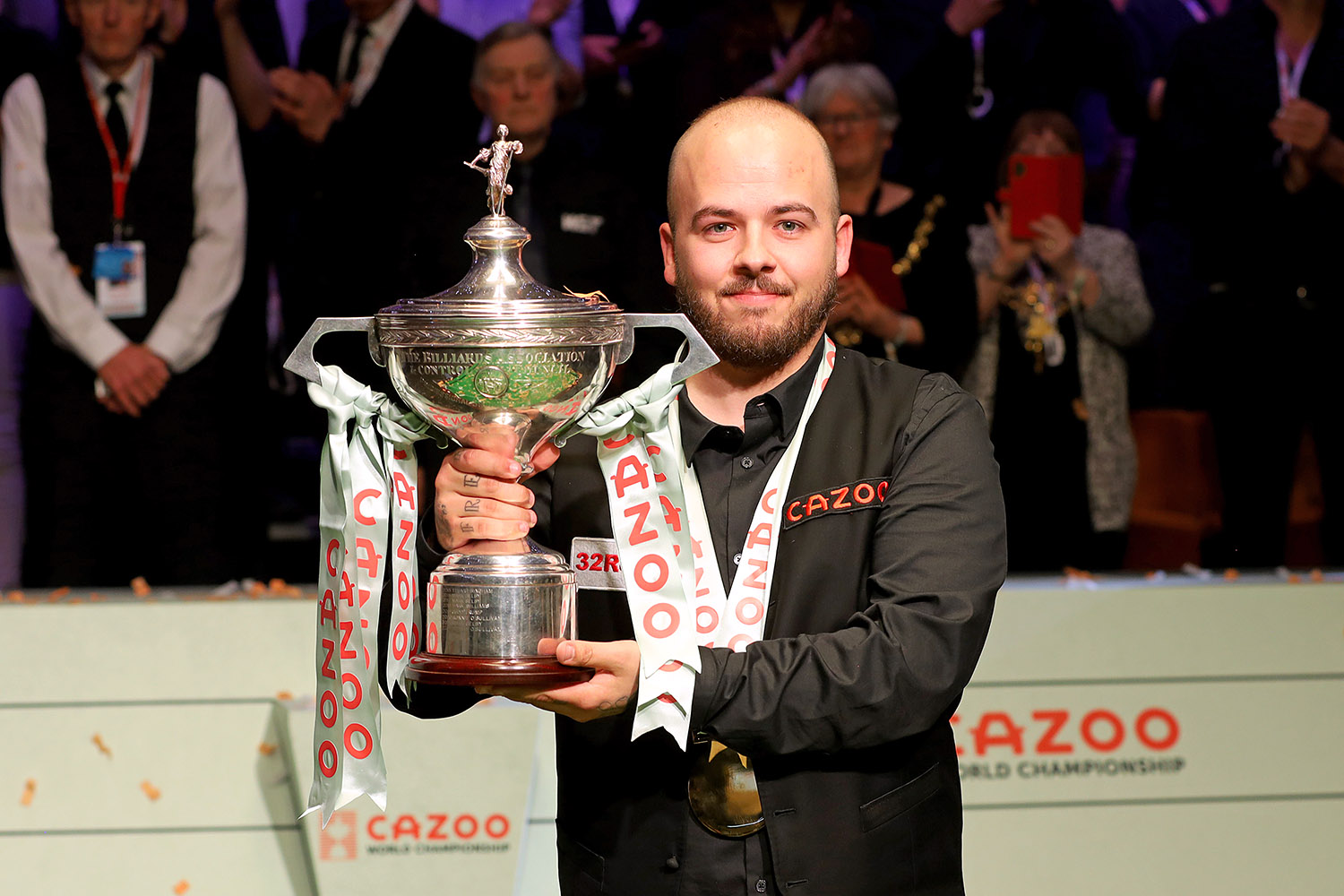
Belgium's Luca Brecel became the first player from continental Europe to win the World Championship at the Crucible Theatre.
2024

The inaugural Riyadh Season World Masters of Snooker was held in Saudi Arabia and featured the innovative golden ball giving players the chance to make a unique break of 167 and earn a bonus of $500,000.